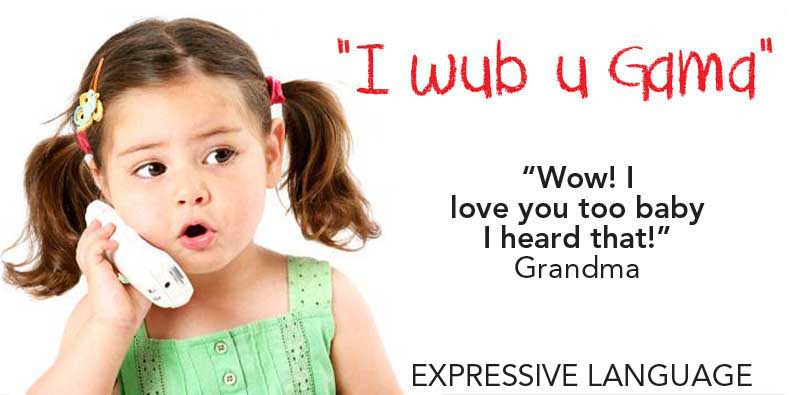Expressive and Receptive Language
The children in our practice have limitations being able to string words together in sentences, usually because they cannot string sounds together. As they become able to make single sounds, then words, the sentences follow. The content of our communication is related to the games we play, the books we read and later as their skills grow, to the stories they share about their lives. We model correct syntax, using comments in our play. AND we know how to leave the space for the children to talk, to give them the time to answer, that they may not have in play with peers or in school activities.
The same principles hold true for receptive language. Many of our children have auditory processing delays for a variety of reasons. As we are supporting the systems that are foundational to auditory processing, through our HANDLE and Reflex Integration work, we allow time for the child to sort out what we said and follow the direction or answer our question or let us know they didn’t understand. We don’t bombard them with repeated commands and questions.
Allowing time to process and talk is the key to communication for a child with speech and language challenges.









